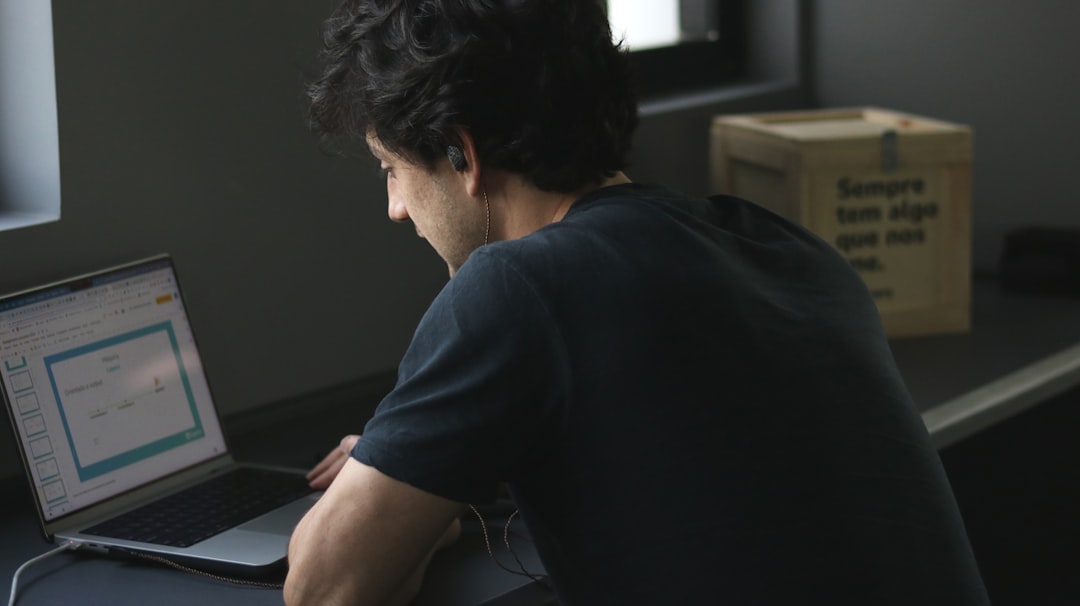BlueStacks is one of the most popular Android emulators, allowing users to run Android applications on their PCs. However, many users wonder how they can resize BlueStacks to better fit their screen or enhance their experience. Whether you need a bigger screen for gaming or a smaller window for multitasking, resizing BlueStacks is a simple yet effective way to improve usability.
Understanding BlueStacks Resizing Options
By default, BlueStacks runs in a windowed mode that may not always be ideal for every use case. Fortunately, it offers several resizing options:
- Manual window resizing – Click and drag the edges of the window.
- Changing resolution settings – Adjust BlueStacks resolution from within its settings.
- Switching to full screen – Use a simple keyboard shortcut for an immersive experience.
Let’s go over each of these methods in detail.
Resizing BlueStacks Manually
The easiest way to resize BlueStacks is by adjusting the window size manually. Follow these steps:
- Launch BlueStacks.
- Hover your mouse pointer over any edge or corner of the BlueStacks window.
- Click and drag the corner or edge to adjust the size to your preference.
- Release the mouse button once you’ve reached the desired size.
This method is quick and convenient, but for a more precise adjustment, you may want to change the resolution within BlueStacks settings.
Changing Resolution and DPI in BlueStacks
For a better visual experience or performance optimization, you can modify the resolution and DPI settings.
- Open BlueStacks.
- Click on the gear icon (Settings) in the toolbar.
- Navigate to Display.
- Select a preset resolution or enter a custom one.
- Adjust the DPI settings to improve clarity.
- Click Save changes and restart BlueStacks if prompted.
Changing these settings can enhance performance, especially if your PC struggles with higher resolutions.
[ai-img]bluestacks,settings,display,resolution[/ai-img]
Enabling Full-Screen Mode
For a fully immersive experience, you can switch to full-screen mode:
- Press F11 on your keyboard to toggle full-screen mode.
- Alternatively, use the full-screen button located in the toolbar.
- To exit full-screen mode, press F11 again or move your mouse to the top to access the toolbar.
Full-screen mode is especially useful when playing games, as it removes distractions and maximizes screen real estate.
How to Set a Custom Resolution
For advanced users, editing the configuration files can provide even greater control over BlueStacks’ resolution.
- Close BlueStacks completely.
- Navigate to
C:\ProgramData\BlueStacks_nxt. - Locate the
bluestacks.conffile. - Open it with a text editor like Notepad++.
- Find the values for resolution width and resolution height.
- Modify them to your desired size and save the file.
- Restart BlueStacks to apply the changes.
Be cautious when editing configuration files, as incorrect changes can lead to issues requiring a reinstall.
Common Resizing Issues and Fixes
Sometimes resizing BlueStacks doesn’t work as expected. Here are some common issues and how to fix them:
- BlueStacks does not resize: Ensure that the application is not in full-screen mode.
- Resolution changes but does not apply: Restart BlueStacks after modifying the settings.
- Game elements are too small: Try lowering the DPI in BlueStacks settings.
[ai-img]bluestacks,problems,fix,settings[/ai-img]
Optimizing Your BlueStacks Experience
Besides resizing, optimizing BlueStacks can enhance usability. Consider the following tips:
- Allocate more RAM and CPU in BlueStacks settings.
- Use a high-performance profile to enhance gaming.
- Ensure graphics settings are optimized based on your PC’s capability.
By fine-tuning both your resolution and performance settings, you can enjoy Android apps on PC without any hiccups.
Final Thoughts
Resizing BlueStacks is a simple yet effective way to improve your Android emulation experience. Whether you manually adjust the window, change the resolution through settings, or switch to full-screen mode, these options provide flexibility based on your needs. If you encounter any issues, troubleshooting steps can help resolve them quickly, ensuring that you get the best possible experience while using BlueStacks.



